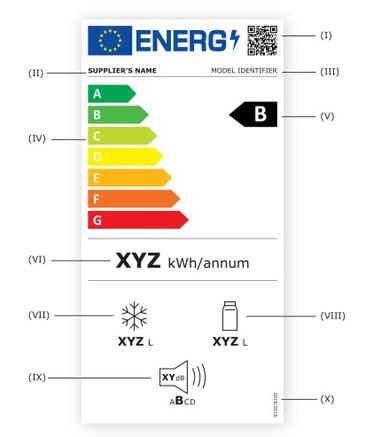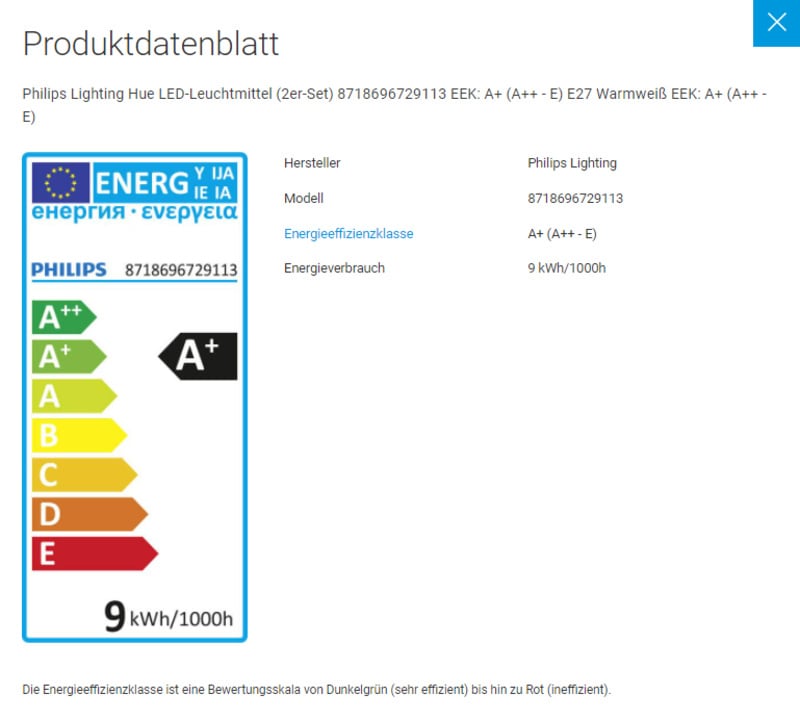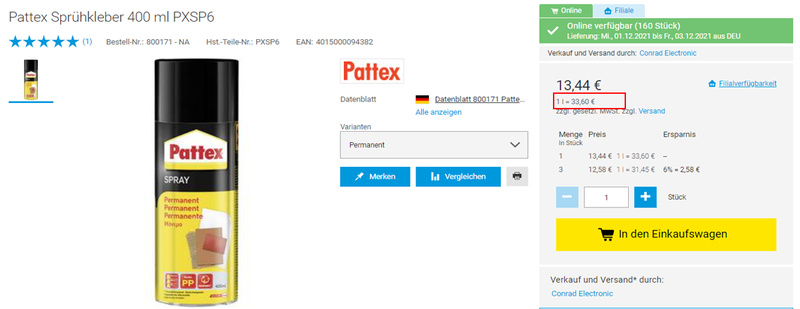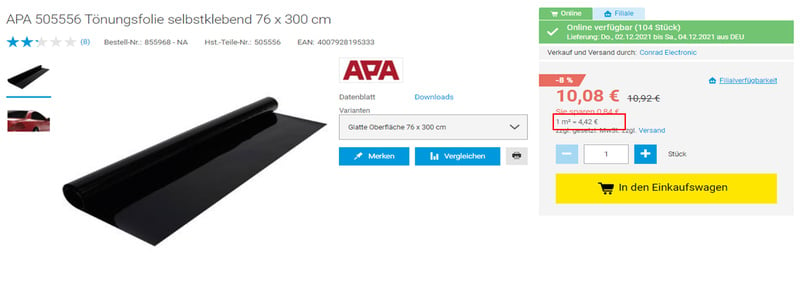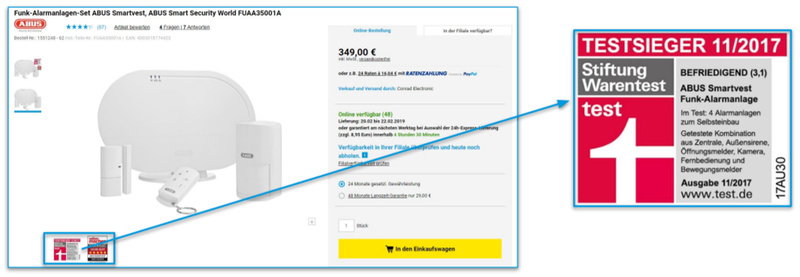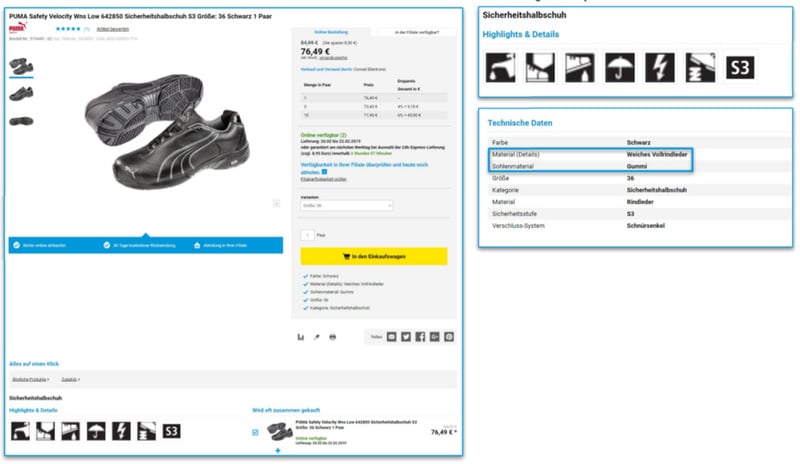Valid warranties must comply with below requirements.
- Warranties need to be phrased in a way that is easy to understand.
- Warranties need to refer to consumers’ statutory rights. They must explicitly state that exerting these rights doesn't incur costs, and that the warranty does not affect these rights.
- Warranties must include name and address of the warranty provider.
- Warranties need to contain the full set of terms and conditions, including all relevant details of how to make a claim.
- Warranties need to state what product they cover.
- Warranties need to contain the warranty term and the country or region the warranty is limited to.
Statutory consumer rights vs extended warranties
Manufacturers’ extended warranties and your statutory rights as a consumer (aka 24-month statutory guarantee) are two completely different things. Extended warranties are provided voluntarily, unlike 24-month guarantees (or 12-months guarantees, in the case of pre-owned products). Moreover, extended warranties are basically a type of additional product service that won’t affect, or replace, a consumer’s statutory rights.
Statutory consumer rights
Consumers buying a product have certain statutory rights, imposing liability on manufacturers and retailers. Customers can exercise these rights in the case of product faults where the damage has not been caused by the consumer. If a product malfunctions within 12 months after the purchase, law considers the item as having been faulty at the time it was sold, and holding the manufacturer/retailer responsible, unless the retailer/manufacturer is able to prove that the damage is a result of inappropriate use by the customer.
However, in the event of a product malfunctioning during the remaining 12 months, it’s the consumer who needs to prove that the item was already faulty at the time of purchase. Example: if the LC display of a voltage tester you bought at Conrad stops working after two months, we replace the faulty tester with a new one.
Extended warranty
Extended warranties are optional additional product services provided by manufacturers and/or retailers. They won’t affect, or replace, a consumer’s statutory rights
Example: A product comes with both the statutory 24-month guarantee and a voluntary 2-year manufacturers’ warranty. In the event of the product malfunctioning after 15 months, buyers will still be covered by the extended warranty, means they do not need to prove that the product was already faulty at the time of the purchase as they would have to when exercising their statutory rights.
